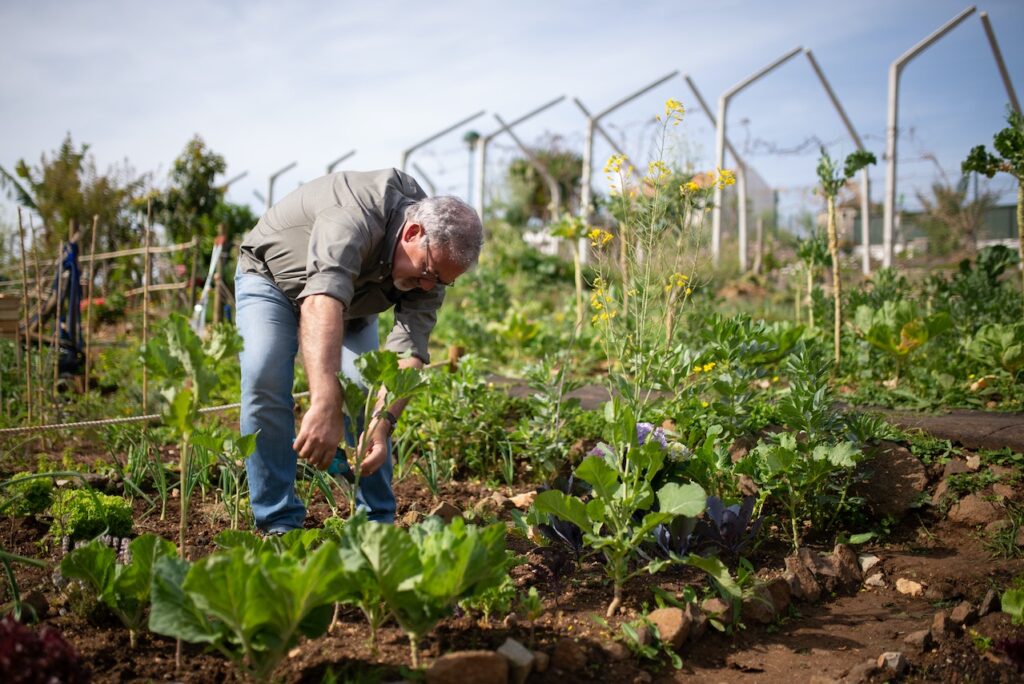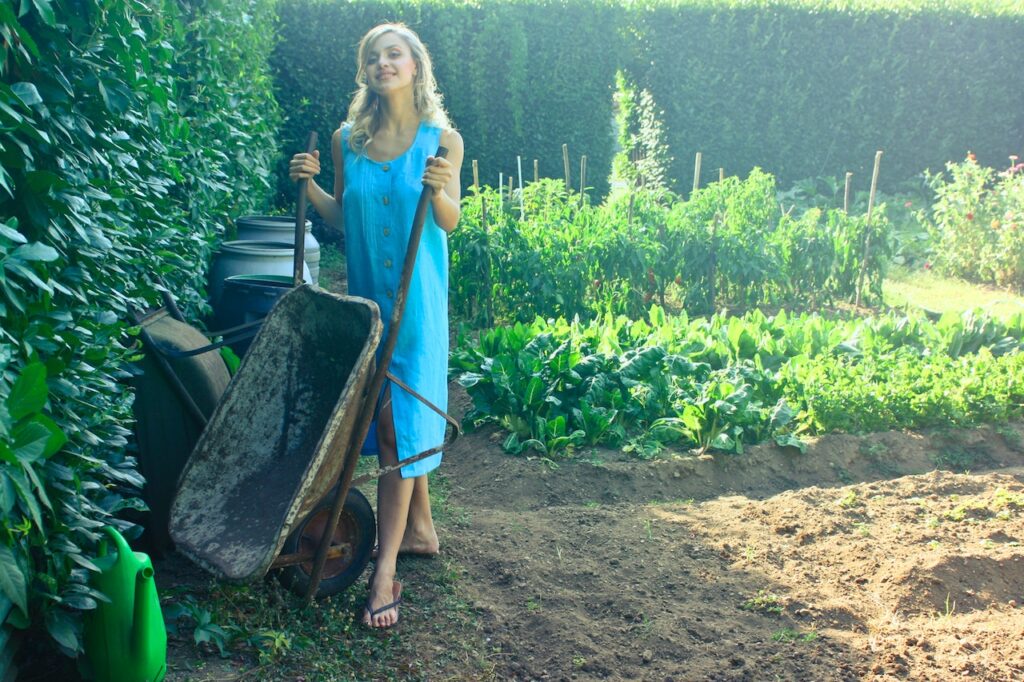Stepping into the lush embrace of a garden, one might be tempted to see only the beauty that blooms unrestrained, a kaleidoscope of colors painting the canvas of nature. Yet, much like a masterful painter knows when to lift the brush, a gardener must grasp the essence of restraint and renewal that pruning embodies.
Pruning, dear green thumbs, is not a mere snip here and a cut there. It’s an art, an ongoing dialogue between the gardener and the plants, an act of love that shapes the verdant paradise. But how does one maneuver through this delicate dance of cut and grow?
Let’s unfold the secrets together, shall we?
A Foreword on the Philosophy of Pruning
Before we venture into the technicalities, let’s take a moment to muse over the very philosophy that underpins pruning. Why is it that we prune? Is it not a form of conversation with nature, an agreement of sorts between human and plant, fostering growth and beauty in symbiotic harmony?
- Renewal & Vitality: At its core, pruning is a rejuvenation process, a way to infuse new life into your plants.
- Shape & Structure: It’s also a sculptor’s tool, helping to mold plants into aesthetically pleasing shapes, crafting a visual symphony.
- Health & Vigour: Pruning can be likened to a health check, removing diseased or damaged sections to preserve the overall health of the plant.
Musing Moment: Do we not, in the act of pruning, become both artists and caretakers, shaping and nurturing our living canvases?
The Right Tools: Extending the Gardener’s Hand
As we saunter down this garden path, let’s first equip ourselves with the right tools, the extensions of a gardener’s nurturing hand. Imagine these as your brushes and chisels in the grand artwork that is your garden.
- Hand Pruners: Ideal for cutting branches less than 3/4 inch in diameter.
- Lopping Shears: These are your go-to tools for tackling branches up to 2.5 inches in diameter.
- Pruning Saws: When you are faced with the challenge of branches more than 2.5 inches, these come to your rescue.
- Hedge Shears: For shaping your hedges and shrubs into perfection, these are indispensable.
Question to Ponder: Is selecting the right tool not akin to choosing the right word in a poem, where precision and appropriateness craft a more harmonious narrative?
Understanding the Plant’s Language: When to Prune
The art of pruning isn’t simply a matter of wielding shears with gusto. It’s a nuanced dance, understanding the rhythms of the plant’s life cycle, and knowing when to step in and make that crucial cut.
- Spring-Flowering Plants: Prune these beauties shortly after they have graced you with their blossoms, as they set buds on last year’s growth.
- Summer-Flowering Plants: Late winter or early spring is the time when these plants would appreciate a little trim to encourage new growth and blossoms.
- Deciduous Trees and Shrubs: Late winter is the golden period for these, allowing for a burst of fresh growth come spring.
- Evergreens: Early spring stands as a beacon for pruning evergreens, ushering in vibrant new growth.
Reflective Pause: In understanding the life cycle of plants, do we not learn the rhythms of life itself, the eternal dance of growth, decay, and renewal?
Techniques of the Trade: Pruning with Precision
Now, we delve into the techniques that transform pruning from a chore to an art form, a ballet of harmony between man and nature.
- Heading Back: This technique involves cutting back the tips of branches, encouraging fuller growth. Ideal for shaping shrubs and hedges.
- Thinning: Here, we remove whole branches or stems, allowing light and air to permeate, fostering healthy growth.
- Layering: A method used predominantly in ornamental shrubbery, creating layers of varied heights, crafting a visual masterpiece.
A Gentle Inquiry: In mastering these techniques, do we not become artists of the green world, painting with a palette of leaves and blossoms?
Avoiding Common Pitfalls: Pruning with Wisdom
Even the seasoned gardener might stumble in the ever-evolving journey of pruning. Let’s discuss the pitfalls to avoid, shall we?
- Over Pruning: Less is often more. Resist the urge to prune too much, allowing the plant to maintain its natural beauty.
- Incorrect Timing: Understand the rhythm of your plants to avoid pruning at the wrong time, which can lead to lesser blooms or weak growth.
- Dull Tools: Always keep your tools sharp. Dull tools can cause damage to the plant tissue, leading to diseases.
Contemplative Question: Is pruning not a reflection of life itself, where avoiding excesses and maintaining balance heralds harmony and prosperity?
Caring for Your Tools: The Gardener’s Companions
Just as a painter cares for their brushes, a gardener must show reverence for their tools, the silent companions in your green journey.
- Cleaning: Regular cleaning prevents the spread of diseases between plants.
- Sharpening: Maintain the sharpness of your tools to ensure clean and precise cuts.
- Storing: Proper storage ensures the longevity of your tools, ready for the seasons to come.
A Meditative Pause: In tending to our tools, do we not find a meditation, a mindful practice that echoes the nurturing spirit of gardening itself?
Key Takeaway
Pruning, dear enthusiasts of the leaf and bloom, is more than a mere gardening task. It’s a deeply reflective and artful pursuit, a harmonious symphony that sings of renewal, beauty, and symbiotic coexistence. As you hold the pruning shears next time, pause and feel the pulse of the living entity before you. Remember, each cut is a conversation, a whispered secret shared between you and the plant, an ode to the ever-evolving dance of life and growth.
Final Reflection: As we stand amidst our vibrant canvases, could we liken ourselves to garden poets, weaving verses of green and bloom, crafting living poems that breathe and grow with each passing season?
Walk through your green sanctuary with a heightened sense of reverence and artistry, for you are now not merely a gardener but a masterful artist, sculpting living art in your verdant haven. Happy pruning!



